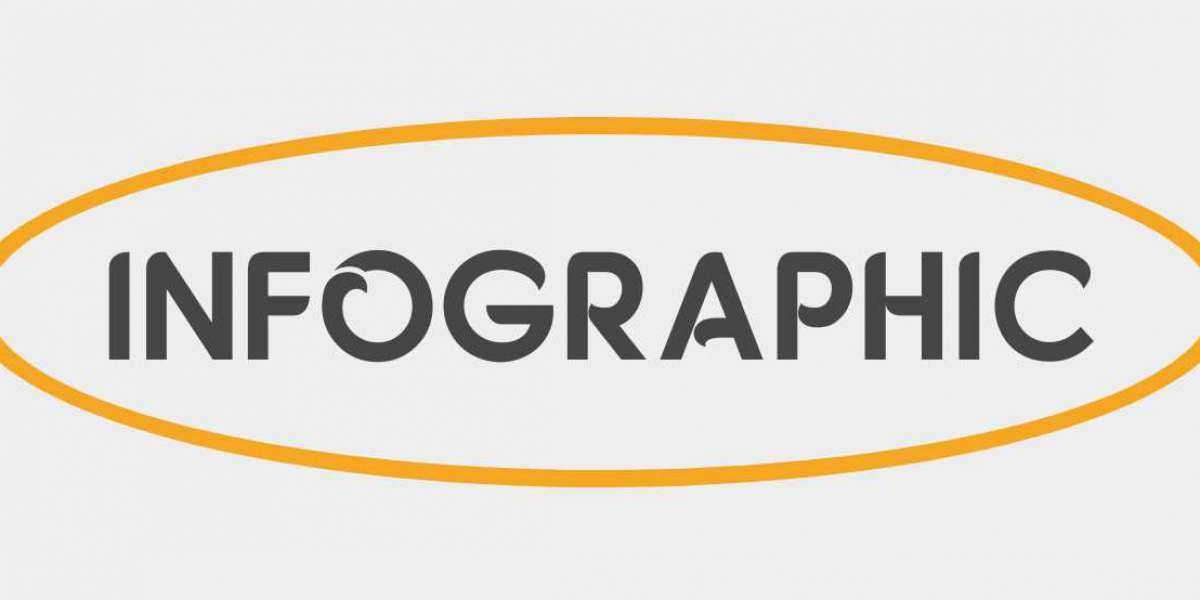The pet food market has evolved significantly in recent years, transforming from a traditional consumer segment into a dynamic and innovation-driven industry. As pet ownership grows and attitudes toward animals shift, companies across the globe are rethinking how they develop, market, and distribute pet food products. The current landscape is marked by rapid innovation, changing consumer preferences, technological advancement, and sustainability efforts. This blog explores the most significant pet food market developments, helping industry stakeholders understand where the sector is headed and where the real opportunities lie.
Shifting Consumer Preferences and Premiumization
One of the most important developments in the pet food market is the ongoing shift in consumer expectations. Pet owners now prioritize quality and nutrition over cost, prompting a wave of premiumization across product lines. This trend is fueled by a deeper emotional connection between humans and their pets, with animals increasingly considered part of the family.
Pet parents are seeking products that offer:
Clearly labeled, recognizable ingredients
Health benefits such as improved digestion, joint care, or immune support
Specialized diets for life stages, breed types, and health conditions
Organic, natural, and grain-free options
As a result, manufacturers are adjusting their offerings to meet demand for higher-quality ingredients and scientifically backed nutrition.
Expansion of Product Formats and Functional Foods
Another major development is the diversification of pet food formats. Traditional dry kibble and canned wet food still dominate in terms of volume, but new product categories are gaining ground quickly:
Freeze-dried and air-dried foods retain more nutrients and appeal to consumers looking for minimally processed options.
Fresh and refrigerated pet foods are now available in select retail and direct-to-consumer (D2C) models.
Functional treats and supplements incorporate ingredients like omega-3 fatty acids, probiotics, and CBD to support specific aspects of pet health.
This variety of formats enables brands to position themselves in niche segments while catering to specific dietary preferences and pet wellness needs.
Surge in E-commerce and Subscription Services
The digital transformation of retail is deeply affecting the pet food market. Consumers are increasingly purchasing pet products online, driven by convenience, product variety, and home delivery options. In response, many companies are building direct-to-consumer models that offer subscription services, allowing pet owners to set up automatic deliveries of tailored food plans.
Major online marketplaces and pet-specialty platforms are seeing record growth.
Mobile apps are being used to recommend diets based on pet profiles.
Social media plays a growing role in brand discovery and consumer engagement.
This shift to digital channels is not just altering distribution—it’s shaping how brands build loyalty and collect valuable consumer insights.
Focus on Sustainability and Ethical Sourcing
Sustainability has emerged as a critical component of pet food market developments. As climate consciousness grows among consumers, pet food companies are being held to higher environmental and ethical standards. Key areas of innovation and transparency include:
Alternative protein sources such as insect protein, plant-based ingredients, and lab-grown meat to reduce environmental impact.
Sustainable packaging solutions like compostable bags and recyclable containers.
Ethical ingredient sourcing to minimize carbon footprint and support local producers.
These efforts are helping brands align with customer values while contributing to long-term industry resilience.
Regulatory Developments and Quality Assurance
As the market expands, so too does the need for standardized regulations to ensure safety and quality. Various regulatory bodies around the world such as the FDA (U.S.), FEDIAF (Europe), and APAC’s regional agencies are increasing scrutiny of pet food labels, ingredients, and claims.
Recent developments include:
Tighter rules on the marketing of health benefits in pet food products.
Greater emphasis on traceability throughout the supply chain.
Adoption of standards for veterinary-prescribed or therapeutic diets.
Brands that meet and exceed these evolving regulations are gaining trust among consumers and veterinarians alike, boosting their reputations and market share.
Investment, Mergers, and Global Expansion
The financial side of the pet food market is also undergoing substantial development. With the industry projected to reach over USD 150 billion by 2030, major players are expanding their portfolios and geographic reach through strategic acquisitions and partnerships.
Multinational giants are acquiring niche brands to diversify their offerings.
Startups are attracting venture capital by focusing on innovation and direct engagement.
Emerging markets in Asia-Pacific, Latin America, and the Middle East are becoming hotspots for expansion, thanks to rising pet ownership and income levels.
This consolidation and globalization is creating both opportunities and increased competition, encouraging all players to adapt quickly.
Conclusion: A Market in Motion
The pet food market is no longer static or traditional ,it is a sector driven by lifestyle trends, consumer demands, and technological progress. From premiumization and alternative proteins to e-commerce and sustainability, developments in the pet food industry reflect broader societal changes and innovations.
For companies operating in this space, the opportunity lies in staying agile and forward-thinking. Whether through sustainable sourcing, digital engagement, or personalized nutrition, brands that understand and anticipate these shifts will be best positioned to lead the market into its next phase of growth.








